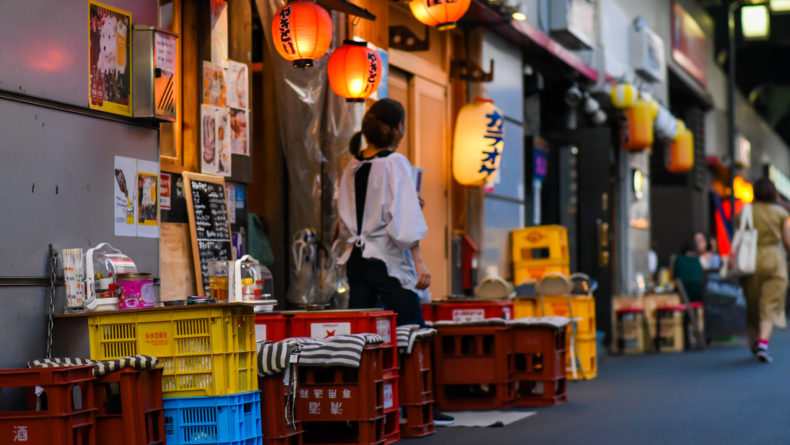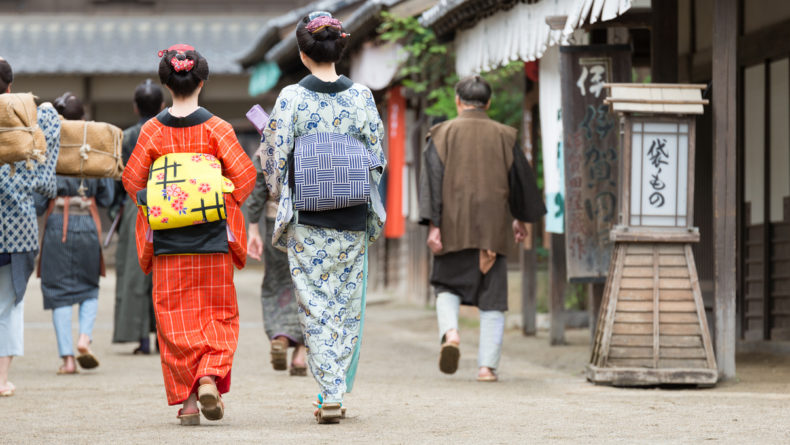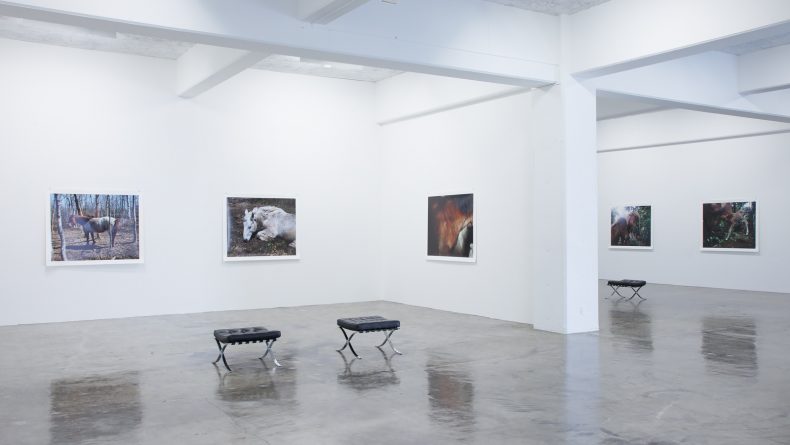Art & Architecture: 5 Unique Buildings To See In Tokyo
A Guide To Tokyo's Most Marvellous And Modern Buildings
From futuristic, utopian, minimalist or just plain weird, Tokyo’s skyline has plenty to keep architecture fanatics on their toes.
I first arrived in Tokyo late at night, completely disoriented as I was spat out of the rabbit-warren that is Shimbashi station. My first impression, alongside the standard bright neon lights, was how tall everything was. With over 179 skyscrapers, Tokyo’s skyline is a vast, soaring affair, putting it at number six on a list of cities with the most skyscrapers. While Tokyo definitely has pockets of tradition and charm, its overwhelming character is futuristic, modern and sleek.
Within this dense urban landscape, Japanese architects favor building design that sticks out. Architecture competitions commonly stipulate rules that defer design away from the typical concrete skyscraper route, instead favoring light-filled, airy structures that take the weight out of the city. As a result, Tokyo’s cityscape has many unusual and beautiful modern buildings, designed to inspire and surprise. Here’s our pick of some of the most unique ones.
1. Dear Ginza
Designed by the Amano Design Office, this striking building was created to entice passersby to this quiet side street, running alongside the busy thoroughfare in central Ginza. Passersby will spot the jagged edges of the jutting triangles that pierce the building’s side, along with the sporadically positioned square windows covering its right facade. Its folding geometric face has been likened to a ‘crumpled up street wrapper’, its irregular form determined by computer algorithms but then softened with its pretty flower design. Used for offices and shops, the atmosphere along the Ginza 1-chome Gaslight Street is more serene than its busy counterpart, and the architects wanted to provide those walking by a “slight feeling of strangeness” to attract them to both the street and building itself.
Where: Ginza-1-chome, Chuo-ku, Tokyo, Japan
2. Nakagin Capsule Tower
Completed in 1972, the bizarre Nakagin Capsule Tower serves as a relic of the Metabolist architectural movement, popular in post-war Japan. Designed by architect Kisho Kurokawa, a leading figure of the movement, its buildings were intended to combine ideas concerning organic growth with megastructures, an architectural concept which popularized highly functional, interconnected architecture which would eventually encapsulate and connect an entire city. Highly socialist, mixing Marxist theory with natural philosophy, the buildings were designed to grow like plants, with new capsules or pods being added depending on demand.
This style is evident in the Tower, comprised of two central pillars that were originally built to allow the identical capsules, or ‘pods’, to interconnect, therefore letting the building evolve over time. While the building still stands, it has mostly fallen into disrepair with only 30 of its 140 capsules being used as apartments. No new capsules were ever added, with the design being plagued with construction and maintenance issues. Still, despite it not fulfilling its Utopian destiny, it remains a fascinating monument to a moment in Japanese social and architectural history. The building is not open to the public, but observation tours are held regularly. For information on tours, see here.
Where: 8-16-10 Ginza, Chuo-ku, Tokyo, Japan
3. Prada Building
Designed by Herzog & De Meuron, the coruscating kaleidoscope-like Prada Building is one of the city’s most magnificent urban landmarks. Following Rem Koolhaas’ Prada Flagship Store New York, Prada wanted to create something similarly inspiring for their Aoyama store, with the architects hoping to “reshape both the concept and function of shopping, pleasure and communication, to encourage the meshing of consumption and culture.”
Reminiscent of a crystal, the five-sided facade, with its signature varying diamond-shaped green glass panes, effortlessly sparkles, particularly on sunny days. Highly decorative whilst still being functional, the building also serves as an optical illusion for those walking by, as some of the curved glass panes appear to move. This grid-like structure is also intended to inspire a slight shita-machi vibe to the building, evoking traditional display windows used in clothing shops.
Where: 5-2-6 Minami-Aoyama, Minato-ku, Tokyo
4. Mode Gakuen Shinjuku Cocoon
At 204 meters high, the shining, lattice-fronted Shinjuku Cocoon is the second highest educational building in the world. From the outside, this sleek, metallic structure might not seem like an education facility, but it’s actually home to three schools. The result of a competition, with its one stipulation being the building could not be rectangular, the winning proposal was from Tange Associates who created the cocoon-like structure to symbolize the nurturing function of their building. According to the architect, the incubating form is designed to help students ‘create, grow and transform.’ The combination of white aluminum and dark blue glass creates its shell-like appearance, and the design earned the firm the Emporis.com 2008 Skyscraper of the Year Award. Surely, one of the world’s most weird yet inspiring places to study.
Where: 1-7-3 Nishi Shinjuku, Shinjuku-ku, Tokyo
5. Gyre
Also in Omotesando is Gyre, a high-end shopping center that aims to make its visitors ‘stop and think’. Also known as ‘The Swirl’ and opening in 2007, the structure was designed by Dutch architects who intended to create ‘a new shopping experience: the vertical promenade.’ Upward external staircases circle the building, creating a sense of movement as they link the multiple terraces and shops including Chanel, Bulgari, and a unique satellite MoMA, New York store. Designed to look like a set of stacked boxes, rotating around a central, vertical axis, the nine-storey building — with three basement levels — is also renowned for its interior, a light-filled space with large paneled windows which makes it a beautiful, clean structure both inside and out.
Where: 5-10-1 Jingumae, Shibuya-ku, Tokyo
What is the most unique building you’ve ever seen in Tokyo? Let us know in the comments or send a photo to editorial@gplusmedia.com
















Leave a Reply